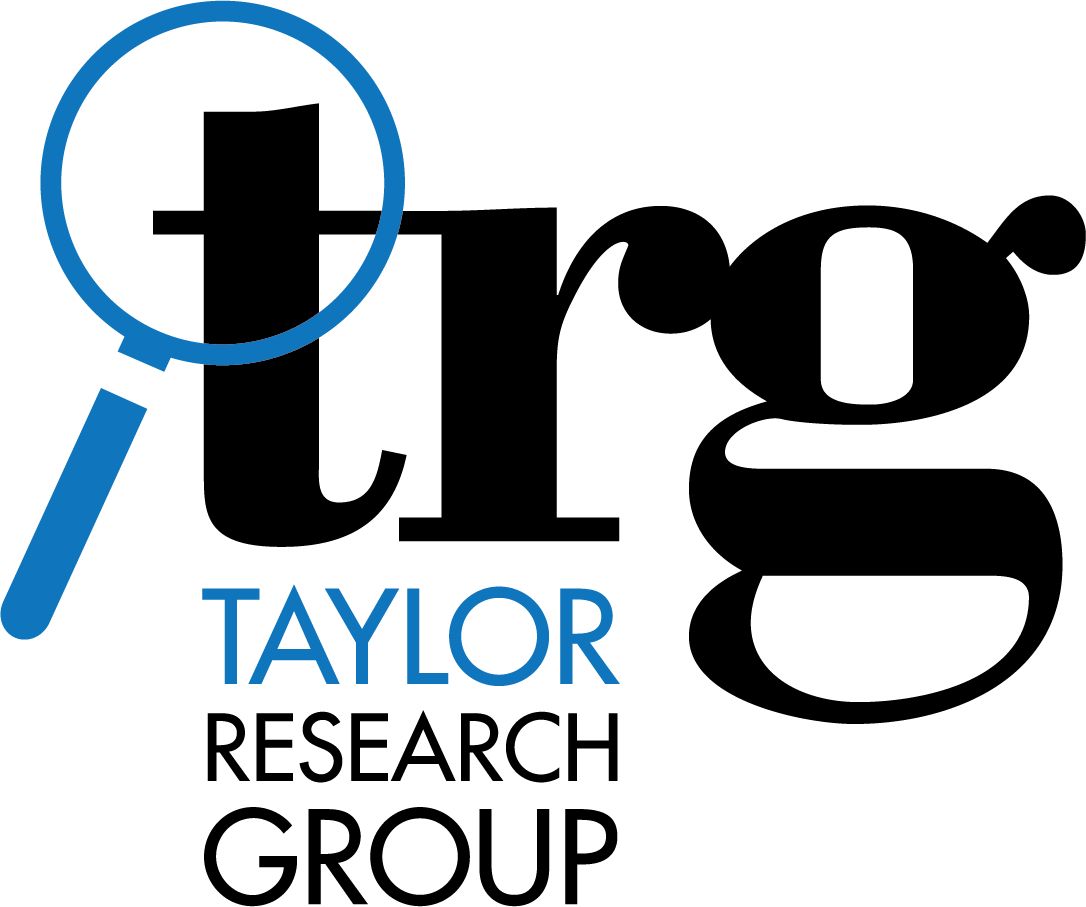As members of the Defense Research Institute (DRI), we recently had the pleasure of attending the Toxic Tort and Environmental Law Seminar where the issue of federal reform of the Toxic Substances Control Act (TSCA) was a hot topic. This was of particular interest to us given our expertise in conducting research for asbestos litigation and historical environmental problems at industrial sites, manufactured gas plants, and military facilities throughout the U.S.
TSCA was signed into law in 1976 as a preventive measure, one that sought to regulate the chemical industry by evaluating new and existing chemicals, as well as, their risk to people and the environment. But after almost 40 years of TSCA, little is known about the vast majority of chemicals in commerce because the Environmental Protection Agency (EPA) is in a precarious situation. Namely, it can only test chemicals suspected of being hazardous after proving that they pose an “unreasonable risk.” This burden of proof—which rests solely on the shoulders of government, not industry—is too high and prevents the EPA from effectively regulating toxic chemicals. For example, the EPA’s efforts to ban the carcinogen asbestos failed under TSCA. Since 1976, only 200 of the 84,000 chemicals in commerce have been tested by the EPA to determine their actual threat to the public and environment.
View of site that stores toxic substances. (Photo by California Department of Toxic Substances Control via Wikimedia Commons)
The recent chemical spills in West Virginia involving the chemical 4-methylcyclohexane methanol (MCHM), which we highlighted in our previous blog post, also illustrate the fact that serious gaps remain in the existing legislation. TSCA reform was underway prior to these spills, but these events are further key motivators for reform. The Chemical Safety Improvement Act (CSIA), a bipartisan bill introduced in the U.S. Senate in May 2013, seeks to create a more uniform chemical regulatory system throughout the U.S. and address shortcomings of TSCA. Once passed, the new law would mean that the EPA could require more testing and impose use-specific chemical regulations. The CSIA bill is not without controversy. It has support from the chemical industry, the Environmental Defense Fund (EDF), and some environmentalists and public health advocates, but several state Attorney Generals take issue with its preemptive effect on state law.
Our interest lies in the information reporting, gathering, and sharing aspects of TSCA reform. Better, comprehensive information will enable the EPA and state environmental agencies to more effectively regulate toxic chemicals and, to paraphrase the EDF’s Richard Denison, empower consumers and industry to make informed decisions regarding chemical use. Under CSIA, more information about chemicals would be available to states, health professionals, and members of the public, which would prove invaluable for use in environmental and toxic tort litigation.
For more information on TSCA reform, please consult the sources listed below:
“Reforming TSCA: Progressive Principles for Toxic Risk Regulation” by Noah Sachs and Matthew Shudtz of the Center for Progressive Reform.
“Ten Essential Elements in TSCA Reform” by Richard Dension and published in the Environmental Law Institute’s Environmental Reporter.
“TSCA Modernization” and related materials published by the American Chemistry Council.
Note: This article was originally published in 2014. As the previous links where these articles resided are no longer active, TRG updated them using the Wayback Machine in 2024.

